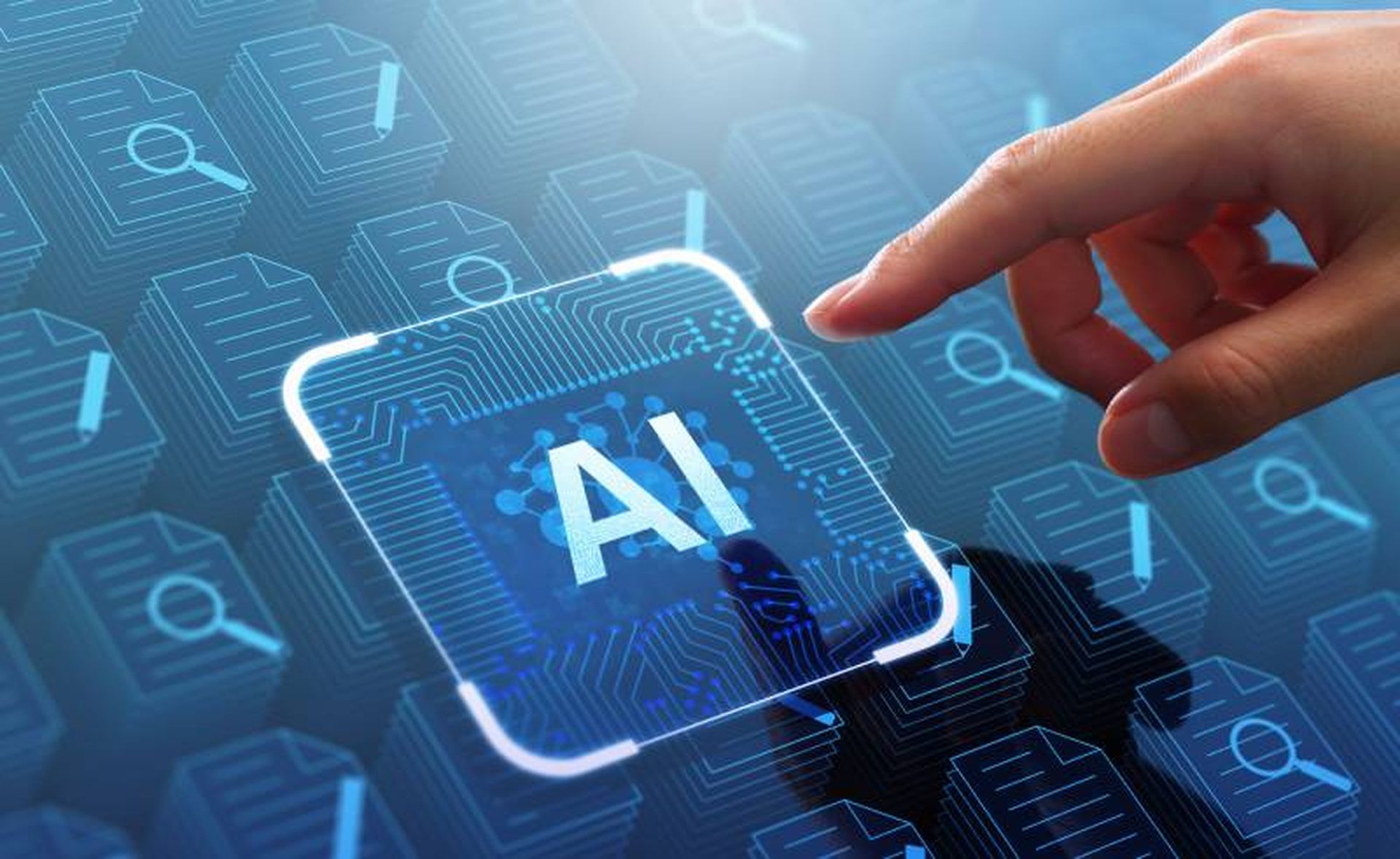COMMENTARY: Last year marked a watershed moment for security information and event management (SIEM) tools, a decades-old technology that has long been a cornerstone of the security operations center (SOC).
Initially introduced with the promise of unifying security data and centralizing threat detection, SIEM’s shine began to fade over the years as it struggled to keep pace with modern cybersecurity challenges — facing faster, more sophisticated adversaries and unprecedented data growth.
[SC Media Perspectives columns are written by a trusted community of SC Media cybersecurity subject matter experts. Read more Perspectives here.]
The increasing complexity of cybersecurity threats, the explosion of data sources, and the demand for faster and more efficient security operations have sparked what we call a "SIEM Renaissance."
This new era of innovation has redefined traditional SIEM systems and ushered in modern tools that leverage AI, automation, and cloud-native architectures. These go beyond log management and compliance to deliver real-time visibility, intelligent threat detection, and scalable response capabilities—empowering security teams to proactively defend against today’s most sophisticated adversaries and adapt quickly as threats evolve.
The SIEM Renaissance marks a fundamental shift in how organizations approach security operations. With this renewed focus on innovation, here are three ways the next generation of SIEMs will transform the SOC for the future:
SIEMs will unleash the SOC’s potential: The advancements in SIEMs will empower SOC teams with speed and scalability to stay ahead of evolving threats in even the most complex environments. The new generation of SIEMs, leveraging cloud-native architectures, give security teams real-time data ingestion, correlation, and analysis at massive scale, ensuring no critical threat goes unnoticed, no matter the volume of data. Coupled with lightning-fast search performance and automation to streamline workflows, security analysts can investigate and respond to incidents in seconds rather than hours. The ability to scale seamlessly with organizational growth promises to help SOC teams maintain efficiency and effectiveness, even as their data volumes and attack surfaces expand. This speed and scalability free analysts to focus on proactive threat hunting and strategy, rather than being bogged down by lagging tools or infrastructure limitations. The new generation of SIEMs seamlessly integrate with existing tools and workflows, offering a unified platform for monitoring, detection, and response. This interoperability will let organizations maximize their security investments while simplifying operations. With these capabilities, security operations are no longer just reactive, but become proactive, agile, and forward-looking.Our industry will finally solve the data paradox: For decades, security teams have struggled to balance financial constraints with the need to collect and analyze data to secure their organizations. As data volumes and storage costs soar, this imperfect tradeoff has created one of the SOC’s biggest challenges: the data paradox. This refers to the conflict between the need for vast amounts of security data and the growing cost and complexity of managing it. The latest breed of SIEMs address the data paradox by leveraging technologies such as cloud and AI-driven automation, which eliminate the need for additional servers or manpower to manage increasing data volumes. By adopting these tools, organizations can finally eliminate the tradeoffs and retain all the data they need without budget constraints holding them back. Additionally, advanced analytics and AI capabilities in next-generation SIEMs extract actionable insights from massive datasets, reducing the burden on analysts. This balance of affordability and capability solves the data paradox, ensuring SOC teams can maintain both coverage and cost-efficiency.The “renaissance” will reinvigorate SOCs: Working in a SOC has long been overwhelming, with security teams struggling to take on challenges such as alert fatigue, data overload, and reactive workflows. Next-generation SIEMs, powered by automation, machine learning, and advanced threat intelligence, are changing this dynamic. By reducing noise, prioritizing actionable insights, and eliminating false positives, these systems promise to free-up analysts to tackle complex challenges instead of wasting time on repetitive tasks. Streamlined processes transform tedious workflows into engaging problem-solving opportunities, enabling analysts to feel more effective and connected to their mission. With reduced burnout and more meaningful work, next-generation SIEMs are poised to make the SOC a place where analysts can rediscover the satisfaction of protecting their organizations. Moreover, these platforms support continuous learning and adaptation, offering SOC teams with insights into emerging threats and evolving attack patterns. This proactive intelligence gives analysts the tools to anticipate and neutralize risks before they escalate, fostering a sense of purpose and accomplishment. As cybersecurity threats grow more sophisticated and data sources multiply, the need for speed and efficiency has sparked a new wave of SIEM innovation. Modern SIEMs are being reimagined, leveraging AI, machine learning, and cloud-native technologies to transform security operations and redefine threat detection and response.
With these advancements, SIEM will reclaim its role as a cornerstone of modern security operations, empowering organizations to navigate today’s dynamic and high-stakes threat landscape. By addressing long-standing challenges and delivering breakthrough capabilities, the SIEM Renaissance marks the beginning of a new era — one that can strengthen SOCs and elevate security to unprecedented levels.
Ajit Sancheti, general manager, Falcon Next-Gen SIEM, CrowdStrike
SC Media Perspectives columns are written by a trusted community of SC Media cybersecurity subject matter experts. Each contribution has a goal of bringing a unique voice to important cybersecurity topics. Content strives to be of the highest quality, objective and non-commercial.




